Whether you are a professional tailor or an occasional hobbyist, understanding the various sewing machine parts is essential for ensuring smooth operation and proper maintenance. Just like any intricate equipment, sewing machines are comprised of multiple components that work together harmoniously to produce impeccable stitches. Let’s explore the most important parts of a sewing machine:
1. Needle
The needle is perhaps the most crucial part of a sewing machine. It punctures the fabric, creating a pathway for the thread to pass through, ultimately forming stitches. Needles come in different sizes and types for various fabrics and stitching techniques. They should be replaced periodically to maintain optimal performance.
2. Bobbin
The bobbin is a small, cylindrical spool that holds the lower thread. It works in conjunction with the upper thread (from the needle), intertwining them to create stitches underneath the fabric. Bobbins need to be wound correctly and placed precisely for balanced stitch formation.
3. Presser Foot
The presser foot is a metal attachment that presses the fabric against the feed dog, allowing for smooth and even feeding during stitching. There are different types of presser feet available, each designed for specific purposes such as zippers, buttons, or decorative stitches.
4. Feed Dogs
Feed dogs are small, metal teeth located beneath the presser foot. They move the fabric in a controlled manner to ensure precise stitching. The feed dogs advance the fabric while the needle penetrates it, creating a consistent stitch length. Adjusting the feed dog height allows for various sewing techniques such as free-motion quilting or darning.
5. Thread Tension Discs
The thread tension discs control the tension of the upper thread. Proper thread tension is crucial for balanced and neat stitches. Adjusting the tension ensures that the upper thread and bobbin thread are integrated correctly, preventing loose or tight stitches.
6. Spool Pins
Sewing machines have vertical or horizontal spool pins that hold the thread spools. The thread unwinds through these pins and passes through the various thread guides and tensions discs, eventually reaching the needle. Different thread sizes may require different spool pin placements to ensure smooth thread flow.
7. Stitch Selector
The stitch selector is a dial or button that allows you to choose from various stitch patterns. Sewing machines offer a wide array of stitches, including straight, zigzag, decorative, or buttonhole stitches. The stitch selector also indicates the stitch width and length adjustments to meet specific sewing requirements.
8. Balance Wheel
The balance wheel, located on the right side of the sewing machine, allows manual adjustment of needle height and position. It helps raise and lower the needle, control thread tension manually, and disengage the needle for winding bobbins or adjusting the thread.
9. Bobbin Case
The bobbin case holds the bobbin and provides proper tension for the lower thread. It is usually inserted under the needle plate and helps prevent the bobbin from rotating freely while maintaining the correct thread tension.
10. Needle Plate
The needle plate is a metal plate with a small hole in the center, allowing the needle to penetrate the fabric. It helps guide the fabric precisely and prevents it from getting stuck in the sewing machine’s mechanics. Needle plates may have seam guides or markings for accurate stitching.
Now that you are familiar with the essential parts of a sewing machine, you can better understand how they contribute to seamless stitching. Remember, regular maintenance, proper usage, and occasional replacement of these parts will ensure that your sewing machine serves you well for years to come.
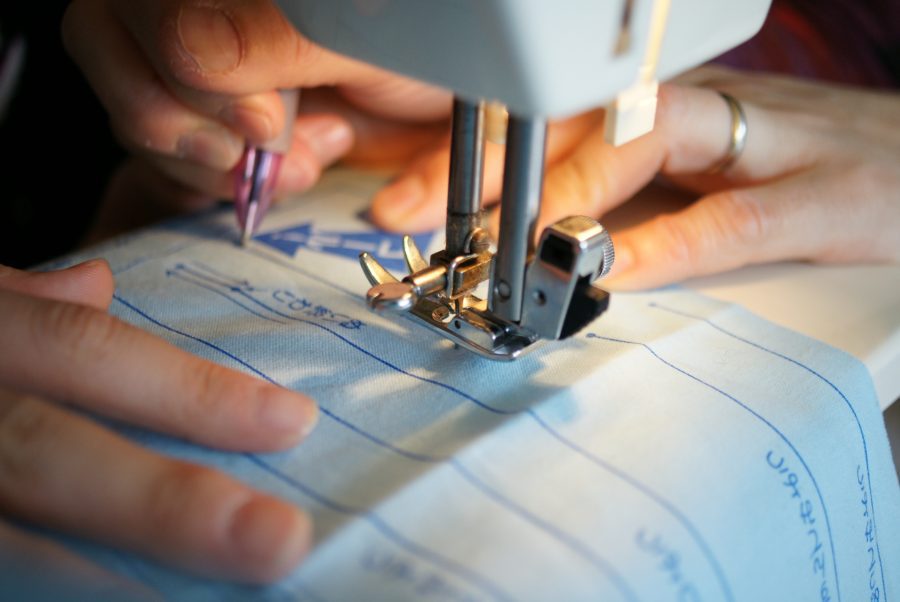
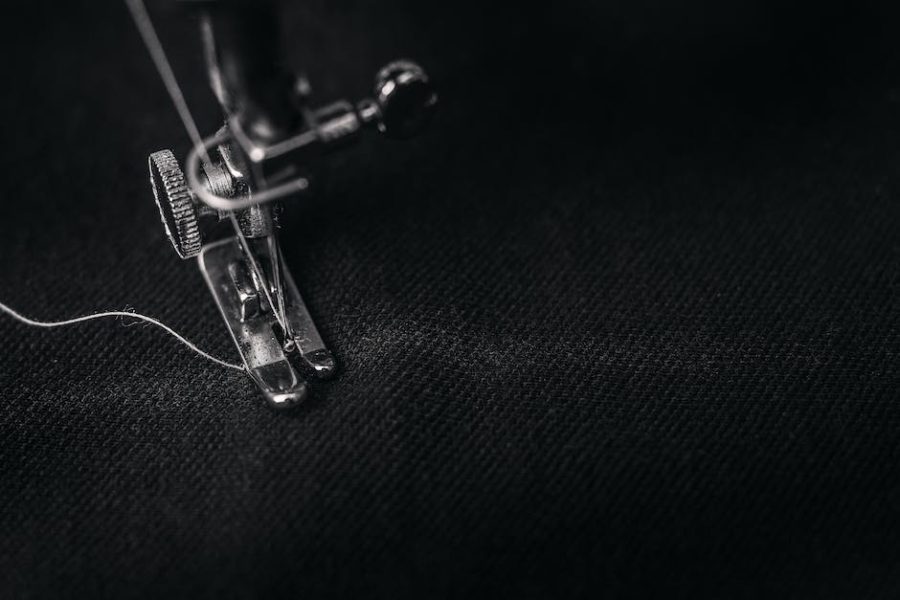
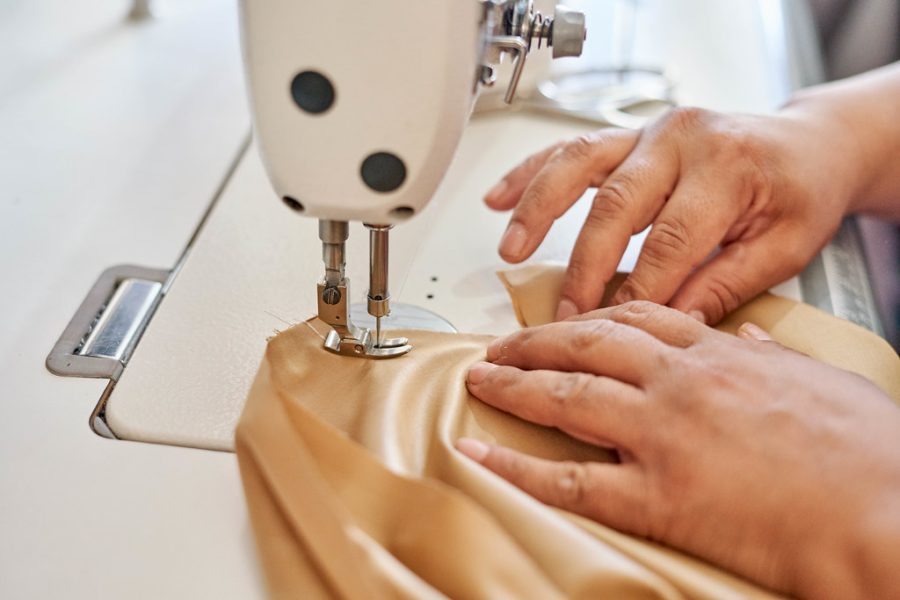
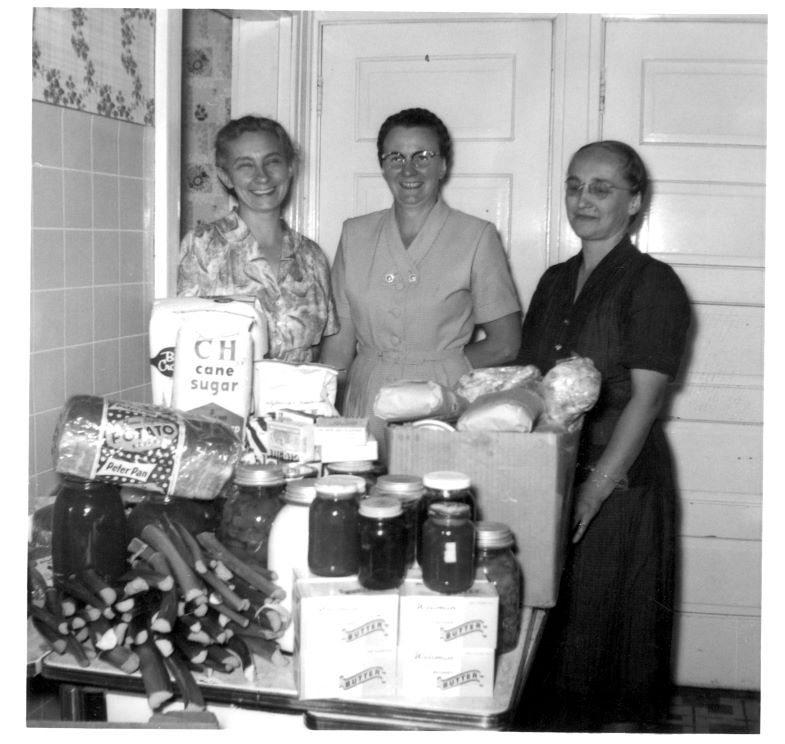
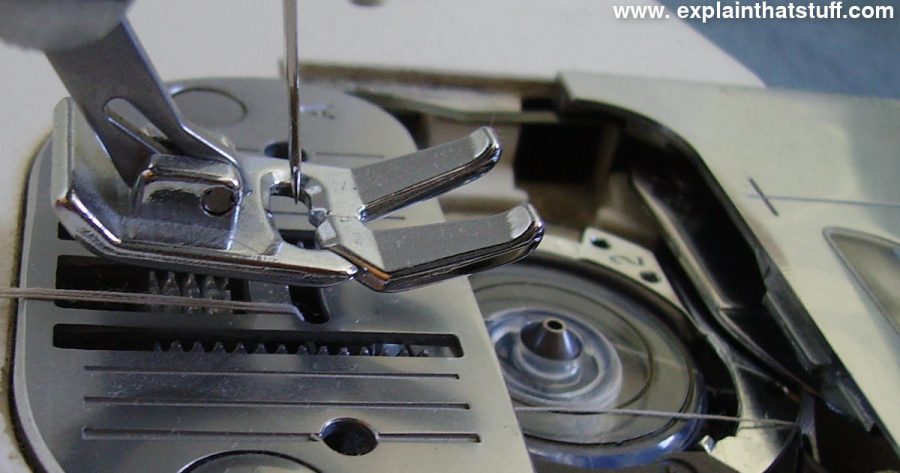
“Love it! I just got a new sewing machine and I’m so excited to find all the parts I need.”
Victoria Voss: “I have been using mine for years, it’s been a lifesaver for my crafts projects.”
Glad to hear how helpful this has been for both of you! It sounds like the perfect tool for all kinds of creative projects. Have fun finding and using the right parts to make every project a success!